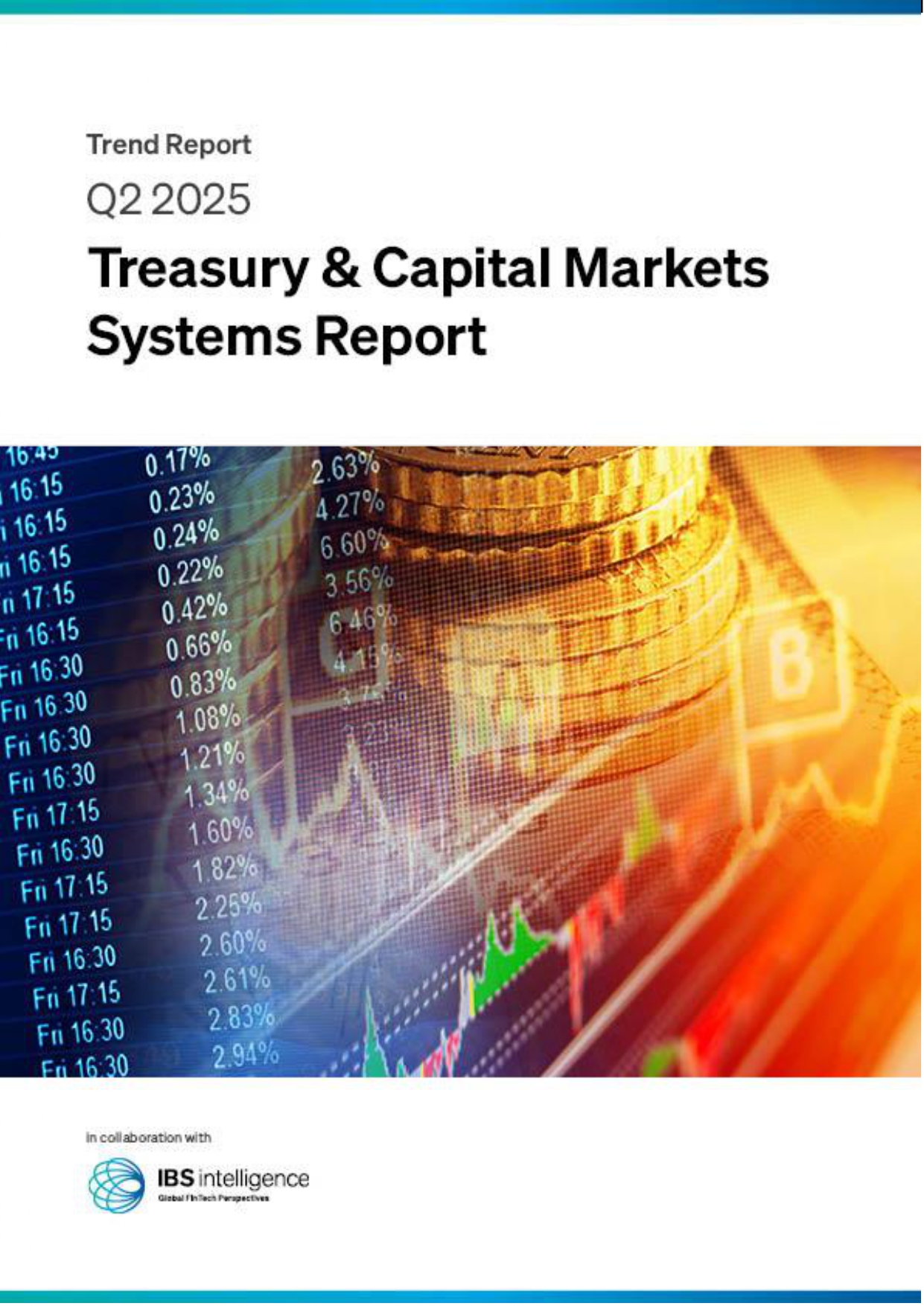 Back
Back
Cash usage is decreasing in EU as digital payments rise
By Puja Sharma
 An ECB survey of consumers in all eurozone countries found that 54% reported no change in cash usage before or after the pandemic, according to the results.
An ECB survey of consumers in all eurozone countries found that 54% reported no change in cash usage before or after the pandemic, according to the results.
Of those who said their cash usage has increased, 6% said they use it much more often and 8% said they use it somewhat more frequently than before. People reported decreasing their cash usage in the past three years more than increasing it. Seventeen percent said they used cash somewhat less often while 15% said they used it much less often.
Of course, the 32% of respondents who reported that they use less cash now than they did in 2019 represent a sizable share of the population. But the survey also reveals that many of the reasons people cited for not using cash have diminished as the pandemic has become endemic.
About one in four respondents reported that fear of virus infection was the reason for their less frequent cash use, a marked decline from the findings of a 2020 survey, which found that around a third of people cited the risk of being infected as a reason for their lower cash usage.
However, both the 2020 survey and the more recent report found that the most frequently cited reason for using less cash was the more widespread availability of non-cash payment options.
In 2020, 45% of people who reported decreased cash usage said they did so because paying electronically had become more convenient. In the most recent survey, carried out in 2021 and 2022, this number had risen to 58%, suggesting that convenience is by far the biggest factor driving the use of non-cash payment methods.
The evolution of merchant acceptance patterns
Convenience is accompanied by acceptance. And while merchant acceptance conditions how people pay, payment preferences also impact which options merchants make available.
In general, the ECB found that cash is still widely accepted in all countries. Nevertheless, all countries except for the Netherlands have seen a decline in reported acceptance rates compared to 2019. According to the survey, 95% of brick-and-mortar shops accepted cash in 2019, down from 98% in 2018.
It is clear that cash acceptance is on the decline, but that the acceptance of non-cash payment methods is on the rise. It was possible to pay without cash in 81% of recorded transactions across the eurozone, an increase of two percentage points since 2019.
Non-recurring payments breakdown
Non-recurring day-to-day payments consist of payments made to purchase goods and services at the physical point of sale, P2P payments not connected to the purchase of goods and services, and online payments. Online payments were defined as goods and services ordered and paid for online. However, goods ordered online but paid while picking up the goods or to the courier delivering the goods were defined as POS payments.
The share of online payments in consumers’ non-recurring purchases increased considerably between 2019 and 2022 in the euro area. Even though there were no major lockdowns in most euro area countries during the fieldwork periods of the latest SPACE survey, those experienced between the data collection periods may have changed the behaviour of some consumers and made them better acquainted with purchasing goods and services online. As shown in Chart 1, of all day-to-day payments, 17% were made online in 2022, compared with only 6% in 2019. In terms of value, the share of online payments in 2022 was 28% (up from 14%), indicating that online payments were more frequently used for larger payment amounts.
The share of the number of P2P transactions in non-recurring payments declined slightly, down from 5% to 4%. The change in value of P2P payments declined a little more, from 7% to 5%.
IBSi FinTech Journal
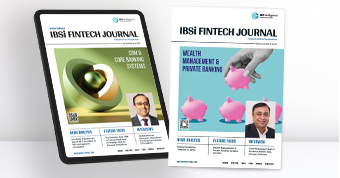
- Most trusted FinTech journal since 1991
- Digital monthly issue
- 60+ pages of research, analysis, interviews, opinions, and rankings
- Global coverage
Other Related News
Related Reports

Sales League Table Report 2025
Know More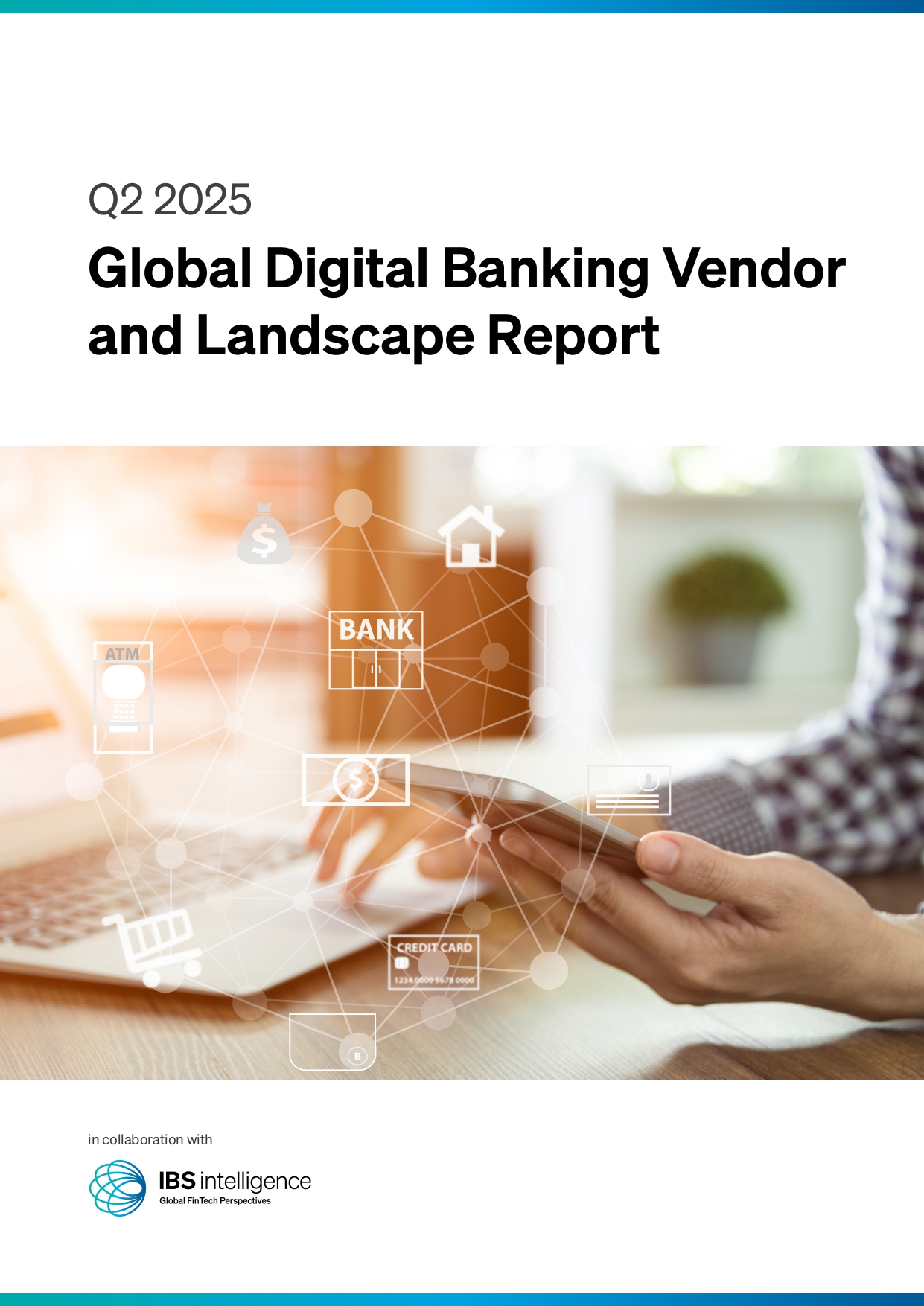
Global Digital Banking Vendor & Landscape Report Q2 2025
Know More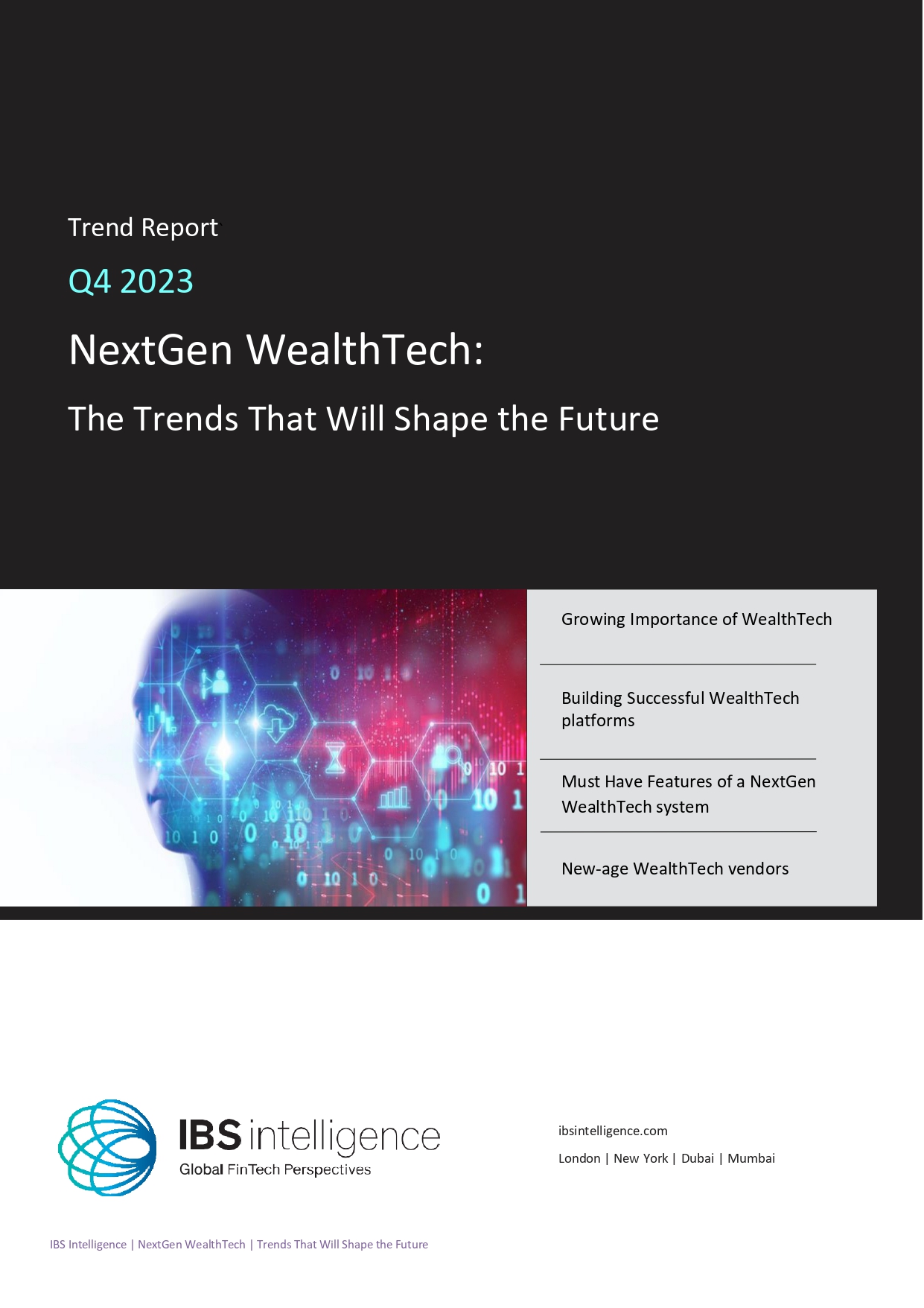
NextGen WealthTech: The Trends To Shape The Future Q4 2023
Know More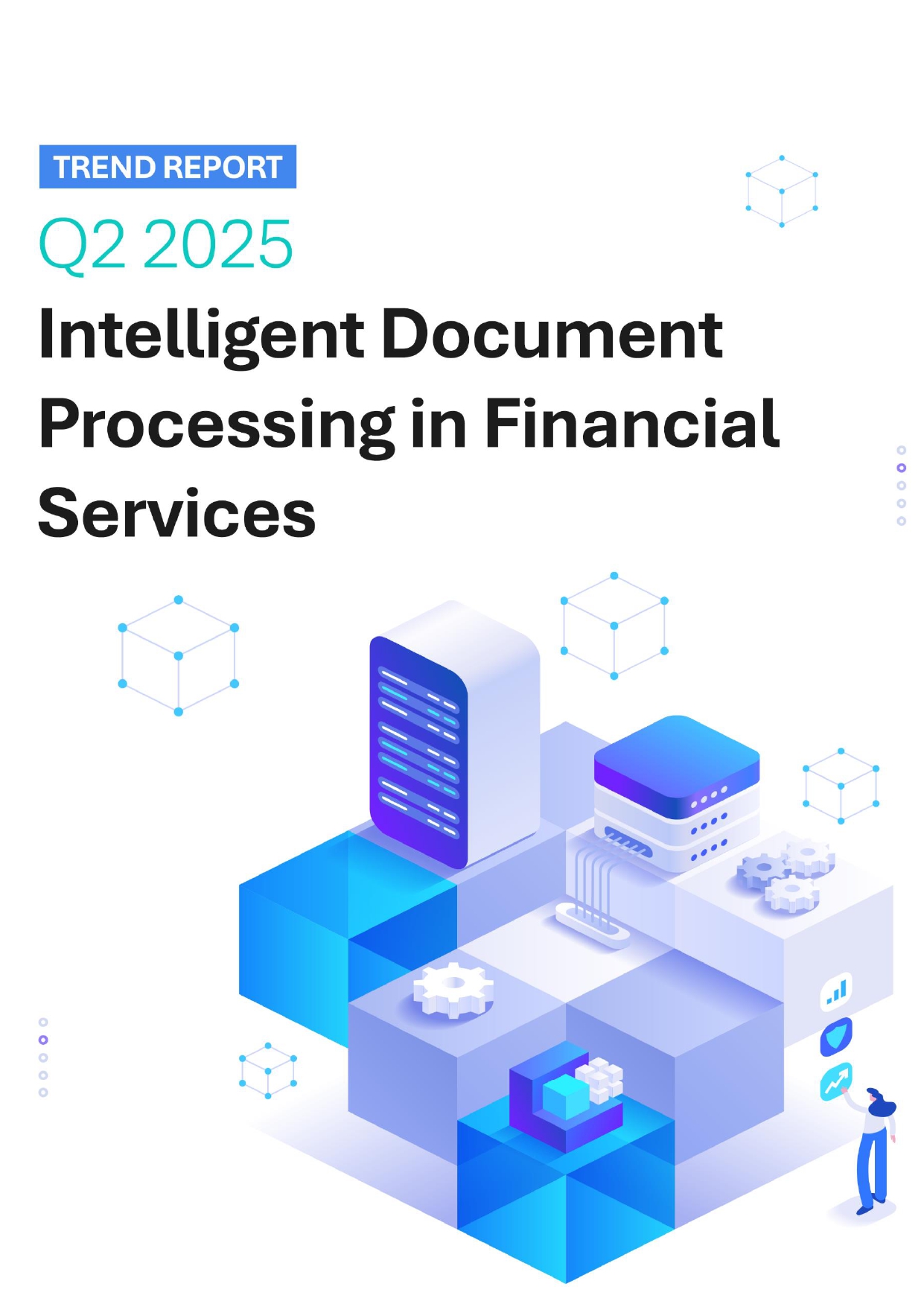
Intelligent Document Processing in Financial Services Q2 2025
Know More